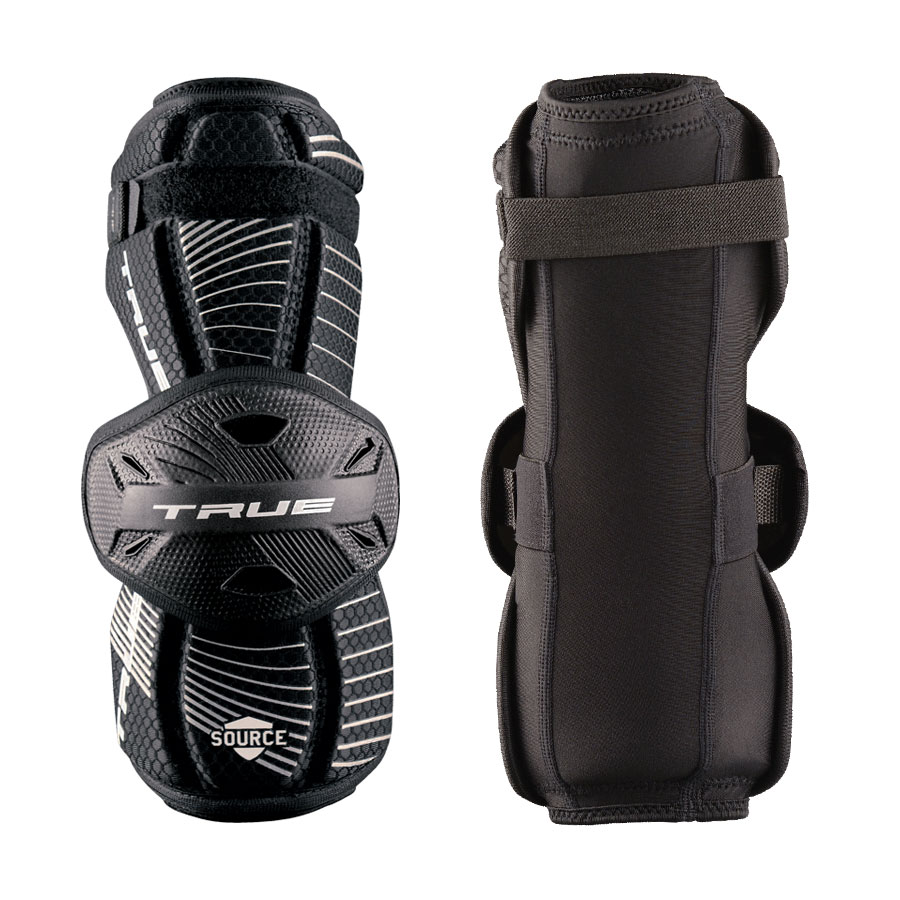

The name "Valpolicella" appeared in charters of the mid-12th century, combining two valleys previously thought of independently. Winemaking in the region has existed since at least the time of the ancient Greeks. Valpolicella Ripasso is a form of Valpolicella Superiore made with partially dried grape skins that have been left over from fermentation of Amarone or recioto. Valpolicella Superiore is aged at least one year and has an alcohol content of at least 12 percent. Valpolicella Classico is made from grapes grown in the original Valpolicella production zone. Most basic Valpolicellas are light, fragrant table wines produced in a novello style, similar to Beaujolais nouveau and released only a few weeks after harvest. A variety of wine styles is produced in the area, including a recioto dessert wine and Amarone, a strong wine made from dried grapes. The red wine known as Valpolicella is typically made from three grape varieties: Corvina Veronese, Rondinella, and Molinara.

Valpolicella ranks just after Chianti in total Italian Denominazione di Origine Controllata (DOC) wine production. The hilly agricultural and marble-quarrying region of small holdings north of the Adige is famous for wine production. Valpolicella ( UK: / ˌ v æ l p ɒ l ɪ ˈ tʃ ɛ l ə/, US: / ˌ v ɑː l p oʊ l-, ˌ v æ l p oʊ l-/, Italian: ) is a viticultural zone of the province of Verona, Italy, east of Lake Garda.


 0 kommentar(er)
0 kommentar(er)
